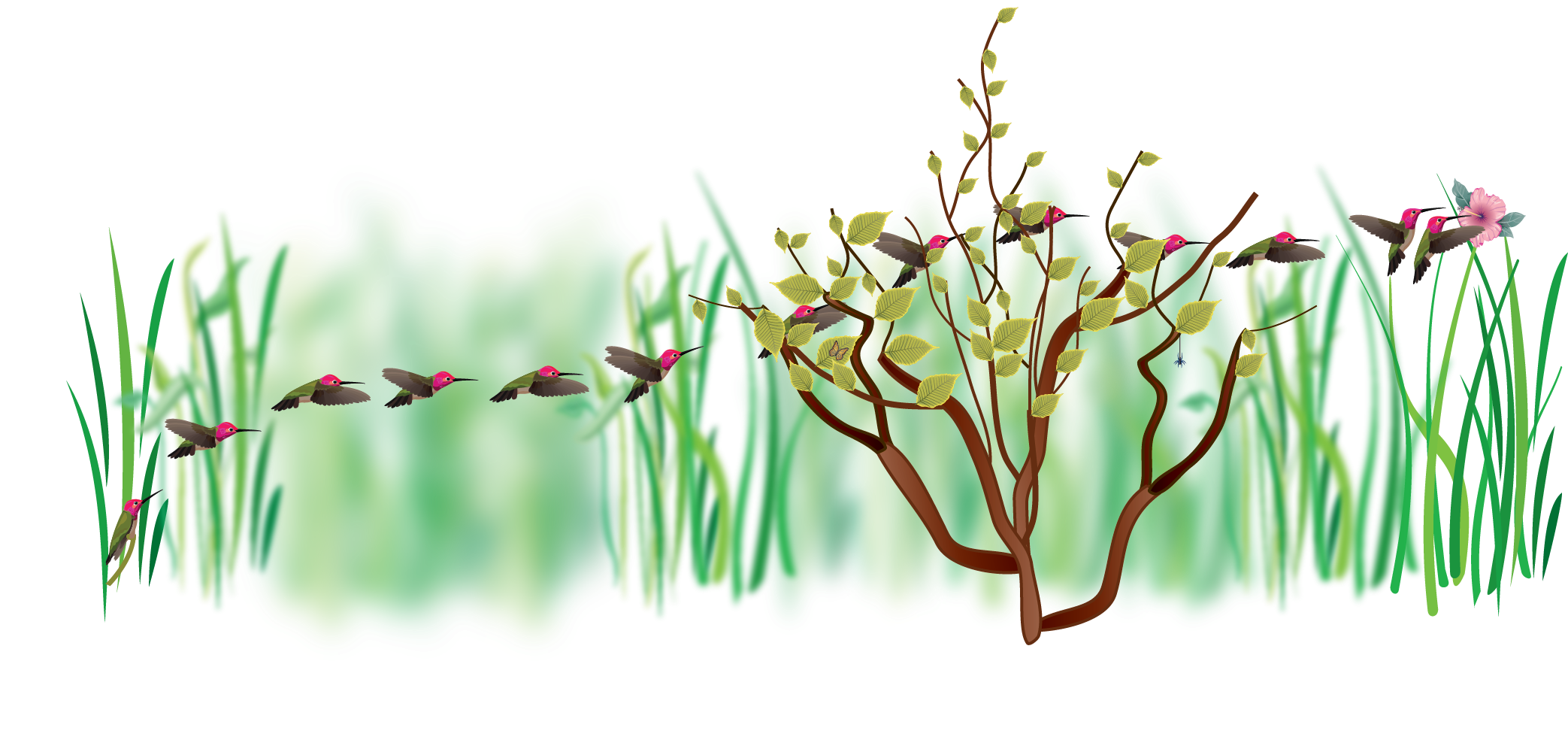Specialization and generalization in avian flight: effects of biomechanics, energetics, and ecology
Doug Altshuler
The University of British Columbia, Canada
A long-standing question in biomechanics is whether specializations in morphology and physiology are associated with ecological specialization. Some avian clades exhibit matched specializations, such as hummingbirds, which exhibit features that support hovering flight and nectar foraging. Many other traits, however, such as wing shape are highly variable among taxa without clear effects on species biomechanics, energetics, or ecology. The phenomenon in which traits that suggest specialization endure in generalist species is termed Liem’s paradox, and it has been studied most extensively in fish morphology. In this commentary, we apply this framework to avian flight. Some topics that have proved challenging to resolve include effects of wing shape, biomechanics of maneuverability, costs of foraging, and sensory guidance. We argue that frequent pitfalls in studies that attempt to link trait specialization with performance are that the most relevant traits and environment are not being considered. Although flight is energetically demanding and requires a radical transformation of anatomy, physiology, and neural architecture, the strongest selection events on these features are often unobserved and unknown. We propose that gaining new insights into the mechanisms of avian flight will require a broad consideration of the historical forces that have shaped the traits of interest, and then using competing experiments to resolve which traits have the strongest influence on biomechanics, energetics, and ecology.










You must be logged in to post a comment.